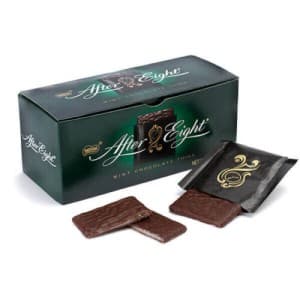
“The customer rarely buys what the company thinks it’s selling him.”
— Business Management Legend, Peter Drucker
Does that quote seem silly to you?
It might if you’re selling tangible products, like, say, a bicycle or fishing gear.
I mean, the customer can frickin SEE what they’re buying. How can there possibly be any confusion?
To understand Drucker’s point, it helps to keep in mind another famous business quote, this one from Charles Revson of Revlon Cosmetics:
“In the factories we make cosmetics. In the drug stores we sell hope.”
In other words, the customer doesn’t want a product. The customer wants an improved self-image.
So while the company thinks the customer’s buying a product, the customer’s actually buying not only a solution, but a better tomorrow.
For example, the customer’s not buying fishing gear. They’re really buying:
- A way to feel like a better parent by providing their kids with a fun activity for their vacation to the lake
- A way to feel more social and outdoorsy from an activity that’s relatively undemanding of them physically (as opposed to hiking, softball, water skiing, etc).
- A way to gain status by impressing their fishing buddies with their new gear
And the company that “gets” that will inevitably produce more effective ads than the company that doesn’t.
A Throwback Example from the Late 70s
Take the York Peppermint Pattie.
Prior to 1975, the York Peppermint Pattie could only be found in a handful of states, and it was somewhat of a novelty.
 Most mint chocolates were small, with a gooey center, and aimed at being something of a pallet cleanser.
Most mint chocolates were small, with a gooey center, and aimed at being something of a pallet cleanser.
Think of an After Eight dinner mint.
In contrast, the Peppermint Pattie was chocolate bar sized, firm (the center is decidedly not gooey), and intensely mint flavored — a specialty item, to be sure.
But when candy company Peter Paul acquired the York Peppermint Patty, they took it national and hired Cliff Freeman & DFS to craft a national TV campaign.
Check out the ads they created:
So understand this: those ads aren’t selling candy.
Nor are they selling anything close to a traditional dinner mint.
Instead, they’re proposing the York Peppermint Pattie as a psychological pallet cleanser.
Something capable of transforming your emotional state after a single bite.
They’re selling “the sensation.”
And selling’s the wrong word. Those ads are romanticizing and glamorizing.
But the important part is that the ads are romanticizing the desired transformation that the customer wants from the product, rather than focusing on the product itself.
They’re romanticizing what the customer actually wants to buy.
Are your ads doing that for your product or service?
- Are You Paying for Too Much for the Wrong Keywords? - July 15, 2024
- Dominate Your Market Like Rolex — 4 Powerful Branding Lessons - July 3, 2024
- Military-Grade Persuasion for Your Branding - June 25, 2024
